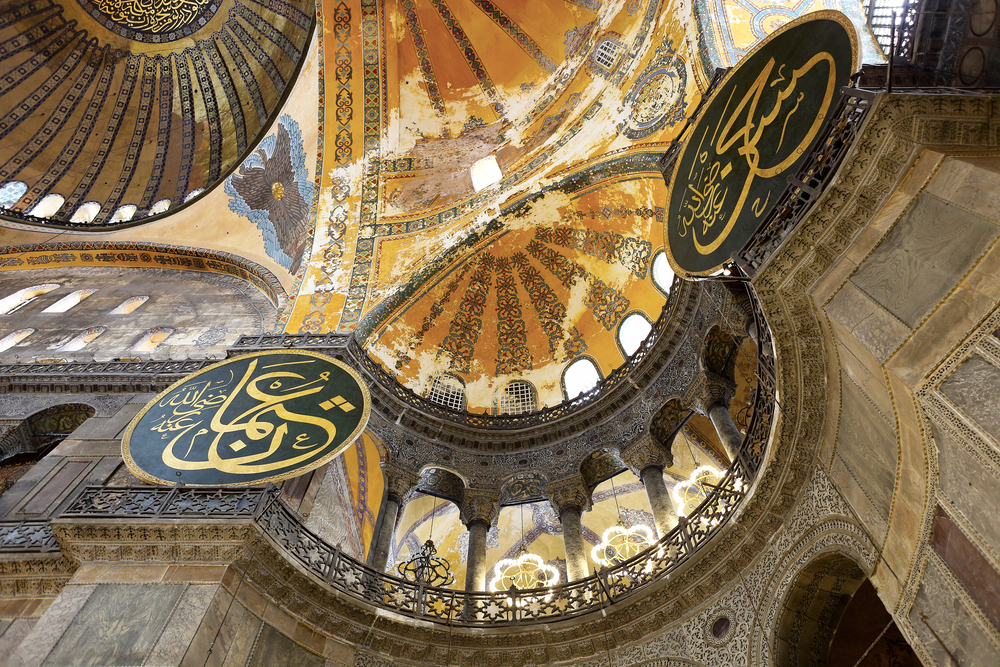
By Mary-Milam Granberry
There is a great quote that I have written on a Post-it note stuck to my desktop computer:
Good manners are a small but constant adjustment to the reasonable expectations or needs of others, little tokens acknowledging their right to a certain space, the offering of a certain security in what they may expect from one.
That’s Simon Blackburn discussing Cicero and the idea of decorum, a concept these days only acknowledged in the courtroom or amidst royalty and foreign dignitaries. But is there such a thing as travel decorum?
Travel is fun! Seeing things you’ve never seen before, eating food you never dreamed of, and visiting some of the most famous and breath-taking historical sites is just plain exciting. It can be tough to stay cool and collected, especially if you happen to be in a place with everyday customs different from your own (headscarves, no handshaking, no eye contact).
No one wants to be a rude traveler. Western travelers already have a fairly bad reputation for being disrespectful in places they should probably exhibit a more somber attitude. Recent debates have risen about the appropriateness of taking selfies at holy and somber sites. One poor Twitter user took a smiley selfie with blush-smiling emoji at Auschwitz. Justin Bieber dropped trou for a photo at an ancient Mayan temple and was forcibly removed. Vandalism of Rome’s Colosseum by Westerners has been above-the-fold news.
It is a travel best practice to find out as much as you can about the places you’ll visit on a trip, especially if one of those stops is a sacred space or house of worship. But, if you don’t want to catch yourself in an unfortunate situation while traveling and visiting holy and sacred sites, the following tips may be helpful:
Modesty
There is a dress code for most sacred sites: modesty. To enter certain temples, churches or mosques, men should wear long pants and shirts with sleeves—short sleeves at the very least. Ladies should stick to similar attire: The idea is not to show your shoulders or knees. If the weather is hot, a group that gives tours of the Vatican suggests draping a scarf or pashmina over your shoulders. Low-cut tops and T-shirts are not a great idea unless you’re wearing something over it that provides more coverage. Many places like orthodox Jewish temples and some mosques require head coverings. Most temples provide skullcaps, and women are to drape a scarf over hair and shoulders. In Hindu temples, remove your shoes before entering a scared area.
Photography and Technology
When it comes to photography, if “NO FLASH PHOTOGRAPHY” signs are posted, it’s not just to prevent obnoxious group photos. Camera flashes can damage some delicate art elements over time. Most houses of worship and sacred places prohibit flash photography, but may allow photography without a flash and as long as the camera is silent. Why? If you happen to be visiting during a worship service or while members are there for peaceful time in their sacred space, it’s best not to make them feel like fish in a bowl. When it comes to selfies: Avoid them and remember to show respect while inside the building. Be quiet, put the cellphone on silent, and definitely don’t break out a tablet for a quick game of Angry Birds if you happen to get bored.
Participation in Worship Activities
If you’re traveling and want to attend a worship or ritual, chances are that it will not be in a language you know. While most places welcome newcomers, it might be a good idea to do a little research beforehand on the traditions of that religion. Hindu temples can be particularly interactive, but there are some great online resources you can refer to so you’re not walking in blind. If you find yourself completely lost and confused, quietly move toward the back and just observe what’s happening.
The most important thing to remember about visiting any sacred space is to be respectful and grateful that an entire community has opened itself up for you to come in and take a look around.
ABOUT THE AUTHOR
Mary-Milam Granberry is graduate student at Emerson College in the publishing and writing program. The focus of her master’s degree is children’s publishing and creating interactive content for web and e-reader devices. Follow her @editmylife.


Photograph of the interior of the Hagia Sophia in Istanbul by Tolga TEZCAN/Shutterstock


